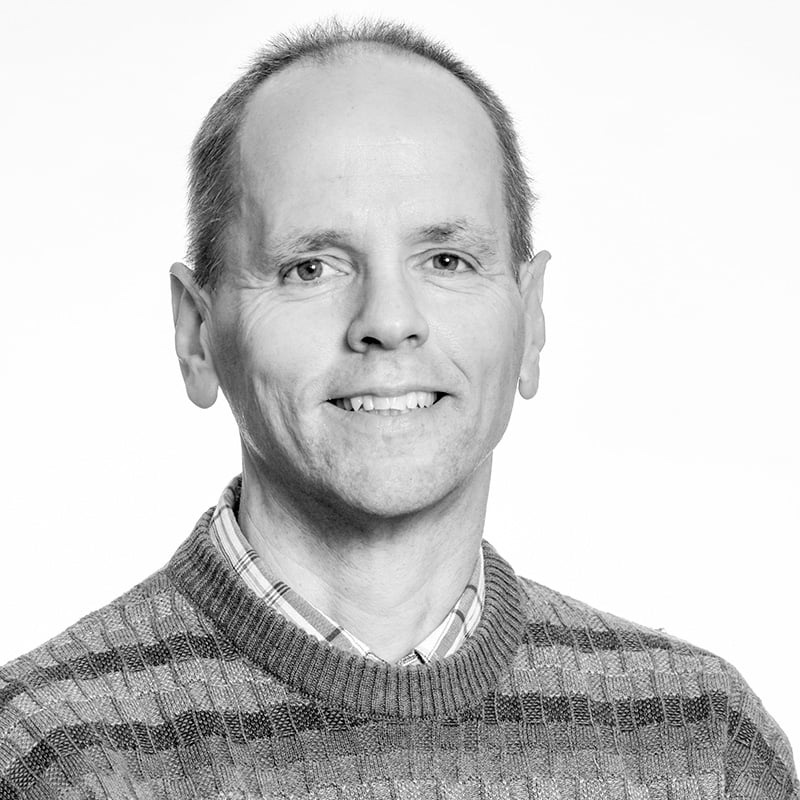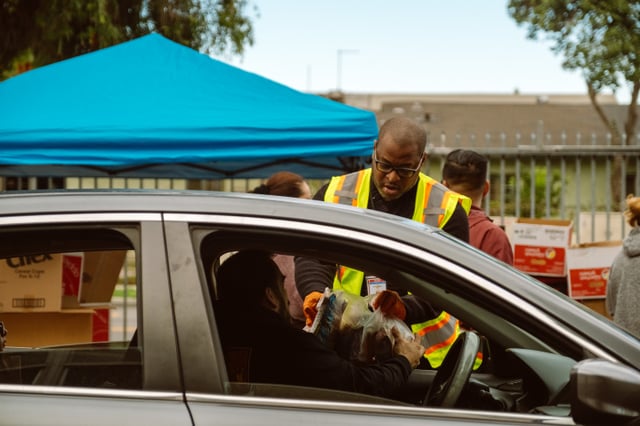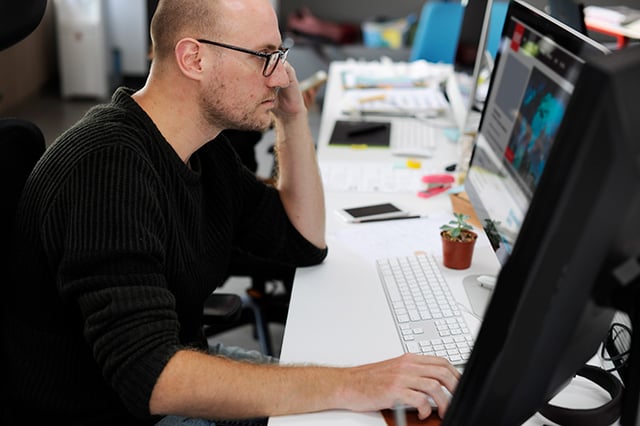Here Are the Educators 3D-Printing PPE for Frontline Workers
 Insights By Matthew Hiefield
Insights By Matthew Hiefield
COVID-19 has challenged the whole world to react to the quick spread of a deadly virus, rising death tolls, and panic over how to navigate this new environment. Indeed, some commentators have argued that this is the greatest threat that the world has seen since World War II.
In late May of 1940, the outlook looked grim for the Belgian, French, and British troops who were stranded on the beaches of Dunkirk. The Germans were closing in, and it seemed like the fall of Britain was imminent. However, a ragtag group of fishing boats, yachts, lifeboats, trading vessels, and personal craft were pressed into service to sail across the channel to France and to rescue thousands of stranded troops.
This wasn’t a story of a massive military power coming in for a rescue but rather one of a collective effort of diverse individuals in a time of dire need.
It is dangerous to make sweeping historical generalizations about vastly different worlds, but 80 years after the Battle of Dunkirk, we find ourselves in another perilous situation due to COVID-19. Our essential workers are operating with limited supplies, and many were (and still are) at danger of contracting the deadly virus.
In the midst of wide-scale distance learning, and into this complex scenario has stepped a ragtag group of volunteer educators who have mobilized in garages, dens, kitchens, and vacant classrooms to use 3D printers to create tens of thousands of pieces of protective gear for those caregivers who are risking their lives to care for others.
MakerForce is a self-described “pop-up supply chain,” created by people who saw an urgent need to fill in the midst of this pandemic. G. Douglas Bundy, Eric LeMoine, and Dawn Guildner, all Beaverton School District teachers, are some of the many hundreds of volunteers who are using their 3D printers to create supplies and deliver them to healthcare workers.
Here is a brief interview with Eric.
What got you started on this project?
Actually, one of my fellow Teacher on Special Assignment (TOSA) teammates, Ryan Hoxie, early on in the pandemic forwarded me a link that highlighted the work of a local crowd-sourced group that was 3D printing personal protective equipment.
Knowing that I had access to several 3D printers used by our TOSA group for student use in schools that were currently idle, I thought why not use these to contribute to the effort? So along with two of my TOSA colleagues, G Douglas Bundy and Dawn Guildner, we’ve been printing for almost 10 weeks now. The coolest part, I think, is that G Bundy has his printers housed on the FutureBus, our converted makerspace school bus!
How many PPEs have you printed, and how many have been created by the collective effort?
I’ve printed over 1000 pieces, and between the three of us, we’ve printed close to 2500. The MakerForce collective effort has printed almost 18000 PPE pieces, investing well over 20,000 print hours in about 80 days.
 Image Credit: Matthew Hiefield
Image Credit: Matthew Hiefield
Where do you get the materials to print the PPEs?
Most of the printing filament has been supplied by MakerForce. MakerForce has a GoFundMe they use to purchase filament, and several organizations have also donated filament to them. When we’ve gone to the MakerForce headquarters to drop off our 3D-printed PPE jobs, we can usually pick up donated filament if we are running low.
Where have the PPEs been delivered so far?
Several local medical facilities have benefitted from the efforts of the MakerForce group including Providence, Willamette Falls Medical Center, Legacy Emanuel, and the Veteran’s Administration in Portland as well as the Summit Medical Group in Bend, OR and Kaiser Permanente in Tacoma, WA.
They’ve also recently donated to Native American groups including the Pyramid Lake Paiute Nation community and the Navajo Nation. Recently, their reach has extended beyond the Pacific NW, including medical facilities in New York.
 Image Credit: Matthew Hiefield
Image Credit: Matthew Hiefield
What does the future of this crowd-sourced effort hold?
When we first started printing for MakerForce, I envisioned that the medical community would catch up with the PPE shortage within a few months, but that hasn’t necessarily been the case. Although we are still providing PPE to front-line medical personnel, much of the PPE need is transitioning as we begin reopening society. For example, many dentist offices donated PPE early on in the pandemic and are now in need.
In fact, there are now more print jobs available in the MakerForce queue than there have been since the start of the pandemic. In order to increase my printing capacity, I created a GoFundMe to purchase additional printers and raised over $3000 in less than 24 hours. The community response to that fundraising effort was overwhelming. These additional printers will find homes in Beaverton Schools when the PPE printing finally winds down.
How can people help if they don’t have the ability to 3D print?
In addition to 3D printing needs, MakerForce is also looking for people with sewing skills. And if you are not a sewer, MakerForce is also looking for general volunteers to fulfill other needs! I mentioned the MakerForce GoFundMe fundraiser earlier, which would also be a great way to contribute to the effort. There are links to volunteer and donate at MakerForce website. If you have been looking for a way to contribute to COVID-19 support and recovery efforts, MakerForce has something for everyone!
Final Thoughts
This effort by a disparate group of volunteers to meet a critical need is admirable, but of course it is just a start. We do not know what the future holds, but it is clear that we are probably in it for the long haul as experts caution of a second wave of infections.
However, when individuals come together from all over the country to creatively problem solve a life and death situation, good things can indeed happen. With respect to Dunkirk, it is interesting to note that Winston Churchill, England’s Prime Minister, didn’t celebrate after this rescue. In a June 4th, 1940 speech, he famously observed that “we must be very careful not to assign to this deliverance the attributes of a victory. Wars are not won by evacuations." (Churchill, Winston, Their Finest Hour).
Likewise, we are in no position to celebrate as this virus continues to take lives and gravely alter our relationships, institutions, and ways of life. With that said, it is heartening to know that individuals with a vision for the greater good can and do make a difference. A group of volunteers with a vision and a mission can continue to make a difference, and this is an important lesson to remember as we continue to face unprecedented national and international challenges.
Cover Image Credit: MakerForce.org





